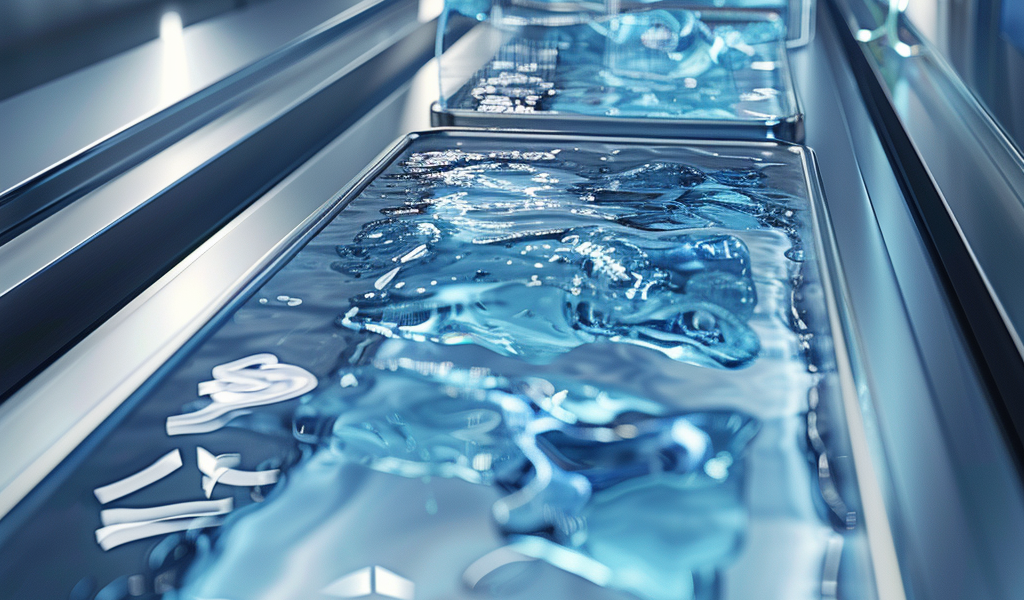New ‘Water Batteries’ Are Cheaper, Recyclable, And Won’t Explode
By replacing the hazardous chemical electrolytes used in commercial batteries with water, scientists have developed a recyclable ‘water battery’ – and solved key issues with the emerging technology, which could be a safer and greener alternative.
‘Water batteries’ are formally known as aqueous metal-ion batteries. These devices use metals such as magnesium or zinc, which are cheaper to assemble and less toxic than the materials currently used in other kinds of batteries.
Batteries store energy by creating a flow of electrons that move from the positive end of the battery (the cathode) to the negative end (the anode). They expend energy when electrons flow the opposite way. The fluid in the battery is there to shuttle electrons back and forth between both ends.
In a water battery, the electrolytic fluid is water with a few added salts, instead of something like sulfuric acid or lithium salt.
Crucially, the team behind this latest advancement came up with a way to prevent these water batteries from short-circuiting. This happens when tiny spiky metallic growths called dendrites form on the metal anode inside a battery, busting through battery compartments.
Although the new technology is unlikely to replace lithium-ion batteries any time soon, with further research and development, water batteries could provide a safe alternative to lithium-ion ones in a decade or so, says lead author, chemical scientist Tianyi Ma of RMIT University in Melbourne, Australia.
Lithium-ion batteries, which are found in everything from laptops and phones to electric bikes and cars, can overheat and catch on fire in extreme cases. This is because lithium is quite an active metal, which is why the development of water batteries is a significant step towards safer and more sustainable energy storage solutions.





